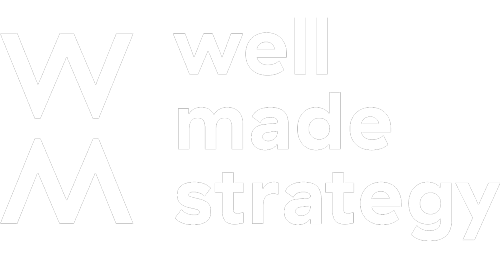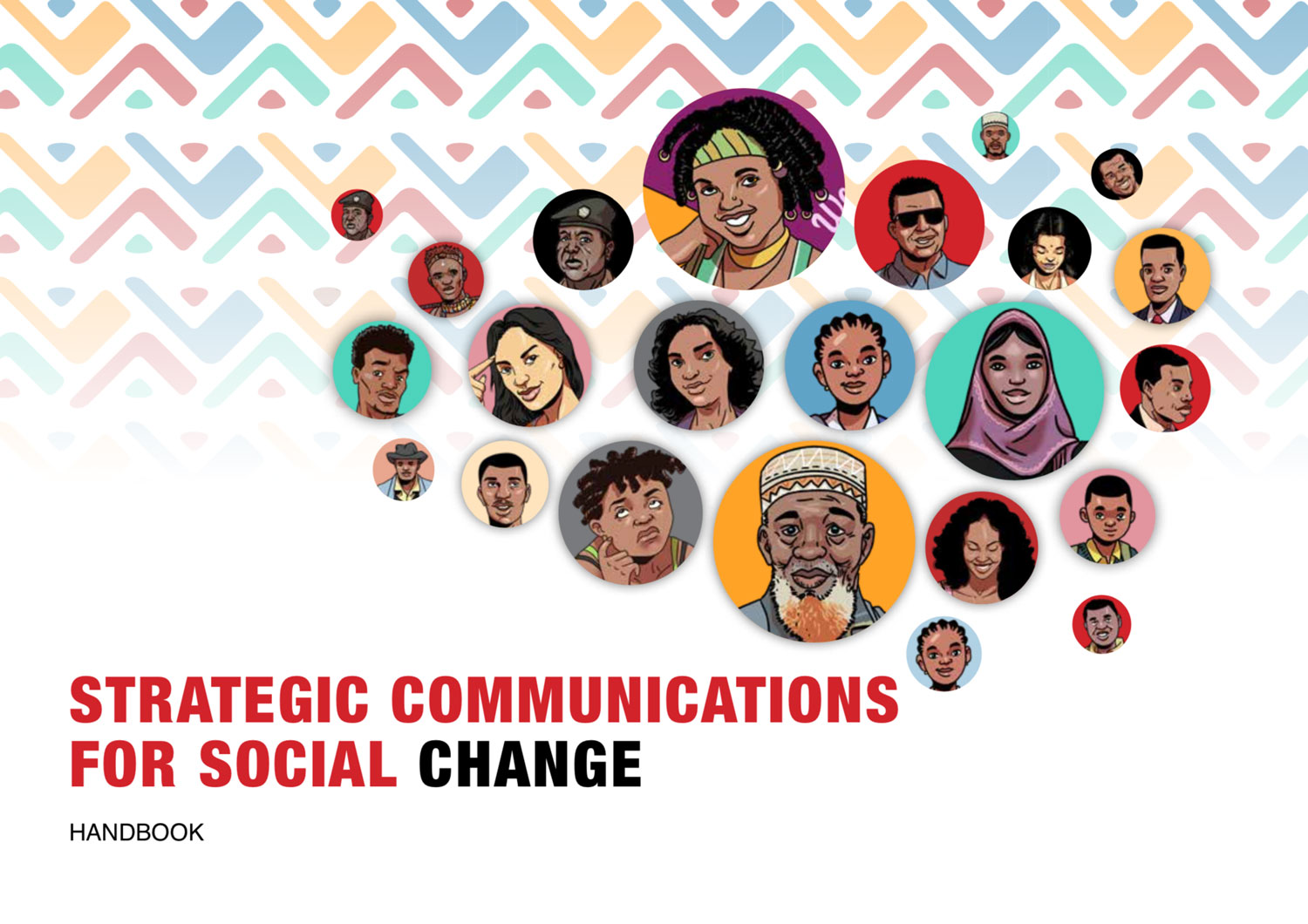A lot of think tanks and research organisations end up using a submarine strategy. They don’t do it deliberately. It’s just what happens, by default, in the absence of a communications strategy.
Left to their own devices, think tanks and research organisations ‘submerge’ to the bottom of the ocean for long periods of time. Conducting research. Crafting policy solutions. Thinking… deeply. In the dark. All alone. Perhaps behind a closed office door. Perhaps in the bowels of a university library. Perhaps in the field, among survey samples, observation participants and beneficiaries. But almost always away from decision-makers and policy influencers. Submerged at the bottom of the metaphorical ocean, for the vast majority of their time.
And then, they suddenly pop up to the surface, usually with a 100-page research report, perhaps with 20 or 30 recommendations. Having thought long and hard about the problem and come up with imaginatively solutions to tackle it, they ‘re-surface’ with the answers. But rarely do they stay at the surface for long. Because after the research is launched, perhaps at a workshop with stakeholders, they submerge again, back to the bottom of the ocean, to start the next project.
The challenge for communications professionals working in think tanks and research organisations is to swim against this tide. The challenge is to keep projects at the surface.
When I was at the Institute for Public Policy Research, we saw our challenge as getting researchers to think about communications from the very beginning of their projects. Once a researcher had secured their project funding, they would be asked to present their project plan to our ‘Research Strategy Group’. Their methodology would be probed. Their research hypothesises would be stress tested. But perhaps most importantly, we would get them to start thinking both about how they would keep their ‘submarine’ at ‘the surface’. As communications specialists, we wanted to work with them to reframe a debate, so that their recommendations would not land on deaf ears. Our aim was ongoing policy engagement, with their final research report as just one tool.
That is basically what communications strategy is. But just because you call a document a strategy, that doesn’t make it strategic. Strategies without tactical plans (“but what are you actually going to do?”) just gather dust on a shelf. But tactical activity without strategy rarely lead to impact. Researchers who simply reach for “we’ll write some blogs” without first working out how that tactic supports a thought through strategy, will simply bounce from project to project. To quote an ancient military strategist: “Strategy without tactics is the slowest route to victory. Tactics without strategy is the noise before defeat.” You’ve got to decide on your target audience and your key messages, before you decide which communications channels to use.
Tactically, there are three elements that can support any strategic approach. First, break down communication into bite-sized chunks, supplementing rather than replacing depth and detail. Next, spread your communications outputs out, over a period of time. Finally, try to provide a variety of entry points, bridging the gap between the eye catching, attention grabbing, superficial outputs and the dry, detailed and weighty ones. Do this from the beginning of each project and your submarine will stay on the surface.
There are two extremely useful tactical tools that can help think tanks and research organisations do this: a ‘pyramid of engagement’ and a ‘grid’. These are the principles I’ll be exploring in my module of the On Think Tanks ‘Cutting edge communications for research and policy’ next month. I’ll also show examples of these principles in practice.
A pyramid of engagement helps you to bridge the gap between accessible social media and inaccessible full reports. Digital tools give us endless possibilities now, so the key is to tactically pick the best communications channels that support your overall strategy.
A grid, is a planning tool that provides a representation of time and space. For media relations, it helps make news-cycles more apparent. For digital media, it helps to combat information overload. Because it shows time and space, it makes visible when the submarine is about to submerge, and helps you fill the gaps and keep it at the surface.
A few years ago, at IPPR, we used a combination of these tactics in our communications strategy for our Condition of Britain programme. More than a research project, this was an 18-month research programme which culminated in a 280-page final report with 28 recommendations. But before it had even been published, I’d managed to persuade The Daily Telegraph to describe it as “not so much a think tank study as a Magna Carta for social democracy in the 21st century”. We won Think Tank of the Year. And we won it because we communicated from the ground floor.
Working for FSD Africa this year, we planned a six-month campaign to disseminate a 100-page study on the cost of sending money from the UK to Africa. Again, I used the same tactical tools: a planning grid, a pyramid of engagement and we made tactical decisions about which communications channels to use within a strategic frame. As well as the full report, we developed an accessible summary brochure, a monthly blog post series, a global series of conference presentations, a suite of targeted infographics and targeted media relations campaigns in nine different African countries, leveraging the on-the-ground relationships of our network of in-country communicators. It’s opening doors to new partnerships with private sector providers and government regulators.
In the absence of a communications strategy, the submarine submerges. That’s the natural gravitational pull of think tanks and research organisations. So it is up to communications professionals to be strategic, take tactical decisions and ultimately, defy gravity.
Richard Darlington is Head of Strategic Communications at Well Told Story & Well Made Strategy
For more on using tactics and channels in a strategic communications context, sign up for the On Think Tanks ‘Cutting edge communications for research and policy’ course here: https://onthinktanks.org/events/cutting-edge-communications-for-research-and-policy/




